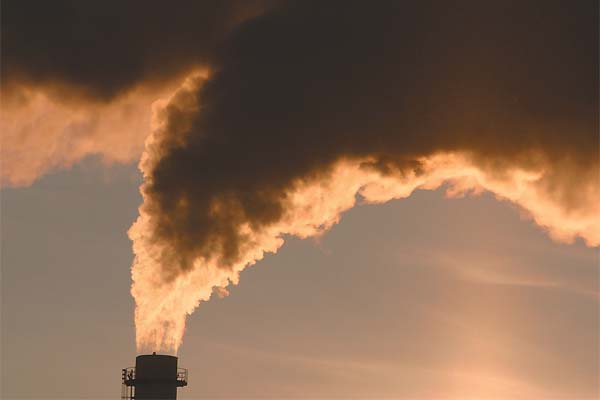BRIMBANK residents are unlikely to be slugged with higher residential rates to cover the impact of carbon pricing on council services.
New modelling released by the Municipal Association of Victoria shows that council expenses could rise by 0.8per cent when the tax is introduced in July, which is in line with expected impacts on consumer prices.
MAV president Bill McArthur said the analysis of data from 38 councils showed the federal government’s carbon price design would have less impact on local government than the carbon pollution reduction scheme that was proposed in 2009.
“For over a decade, Victorian councils have been actively working to lower their greenhouse gas emissions, and two-thirds have adopted a formal greenhouse gas mitigation strategy,” Mr McArthur said. “This means in many cases municipal expenses and any flow-on impact to rates will be lower than our estimates, as councils find cost savings rather than pass on cost increases to ratepayers.”
Brimbank Council’s general manager of infrastructure and environment, Paul Younis, said the council was assessing the impact of carbon pricing on all services.
“While the introduction of the carbon pricing will have financial impacts, funding opportunities will also be available to improve the way we operate our buildings and street lights, as well as supporting the community during this transformation to a low-carbon economy,” Mr Younis said.
“Council will also significantly reduce carbon pricing costs by introducing a number of measures to increase our efficiency and reduce our energy demands in our buildings and street lights.”








